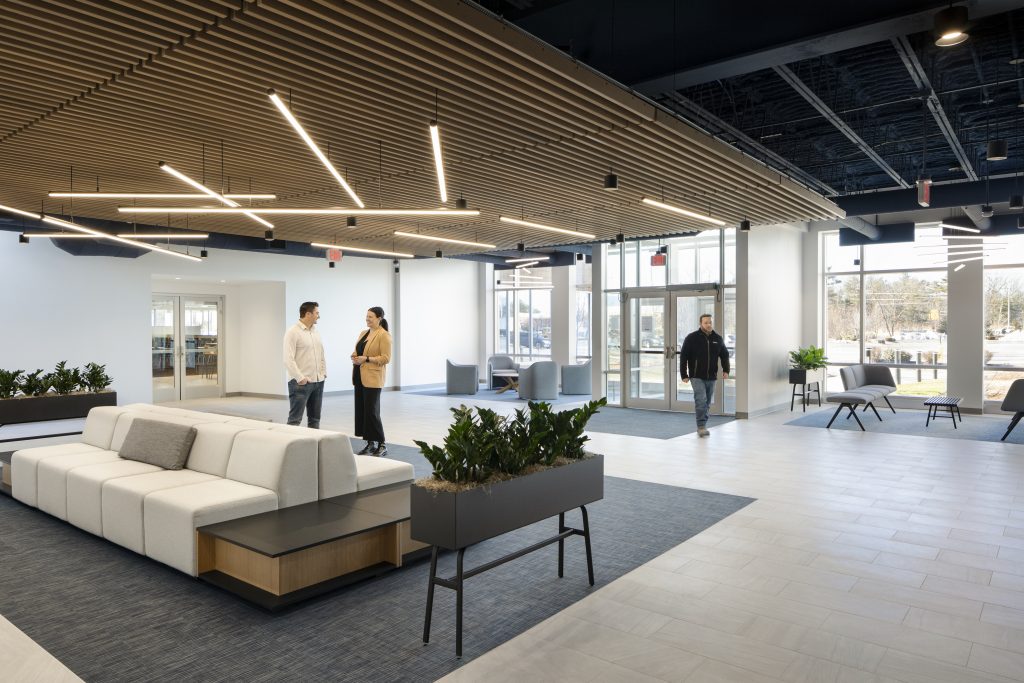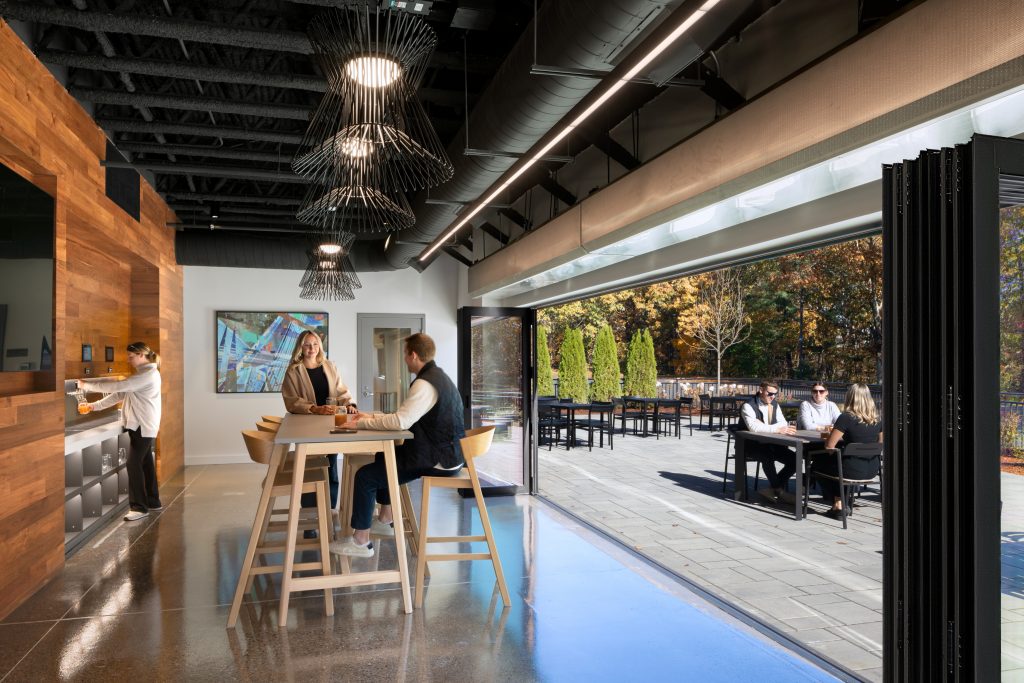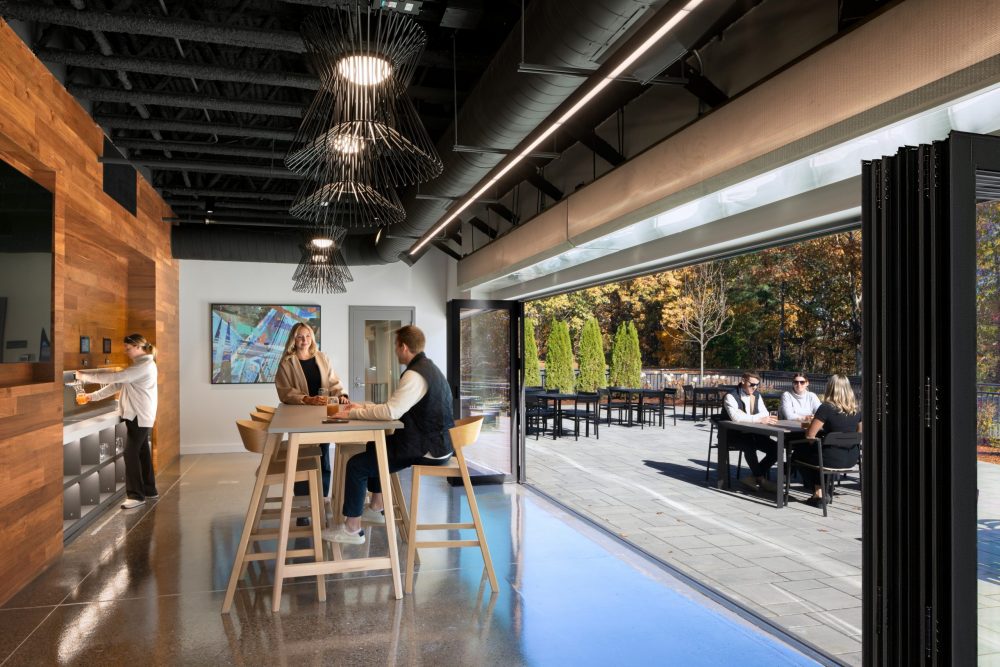Gone are the days of partitioned workstations and cookie-cutter design.
In today’s post-pandemic world, employers are finding creative ways to attract employees, starting with redefining the office space. As extravagant perks of fitness studios, meditation rooms, and smoothie bars become the norm, employers are still stumbling over one of the most important amenities that bring value to the workplace: people.
Empty Chairs at Empty Tables
As the famous ballad from Les Misérables goes, “Empty chairs at empty tables. Where my friends will meet no more.” Although today’s Office Revolution is not as dire as the French Revolution, empty chairs at empty tables are the unfortunate state of many office spaces that have fallen by the wayside in the past four years of remote work and work-from-home policies. To put this into perspective, more than 95 million square feet of office space in New York City is currently unoccupied – the equivalent of 30 Empire State Buildings. According to some estimates, office building prices have tanked as much as 40% since the COVID-19 pandemic.
As leases reach their expiration date, several tenants are shrinking their office footprint, but some are expanding out of necessity to accommodate the consolidation of several departments under one roof or to provide more amenities and breathing room for employees who are looking to weigh the benefits of in-person vs. remote work. As hybrid work models were introduced, hoteling offices became a popular solution for employers to cut real estate costs while keeping up with hiring a growing workforce. But workers prefer personalized workspaces over leased desks, and why come to the office if your favorite coworker signed up to use your desk the day after?
Together Offline vs. Together Online
For employees to physically return, they need to understand the value of stepping outside their home office. Although remote work means less time commuting and flexibility, in-person work can provide valuable connections, structured work-life balance, and lasting mentorship.

According to the US Census Bureau, the number of Americans engaging in remote work significantly decreased this year compared to pandemic highs. Today, less than 26% of U.S. households report having someone working remotely for at least one day a week, a significant decline from the peak observed in early 2021 when it reached 37%.
Unsurprisingly, this change in direction is still an uphill battle. Employees feel return-to-office mandates prioritize what leaders want over what they need to complete their best work. Rather than enforcing, employers should encourage a gradual shift to retain talent and not send them running for the hills.
Companies can encourage a sense of culture and camaraderie by explaining the value of collaboration rather than separation. In-person meetings can offer a free-flowing discussion compared to meeting online within the confines of 30 minutes. Proximity to leadership provides essential mentorship for young professionals and recently hired employees. Walking up to your boss to ask a question is a lot less intimidating than finding the correct wording to ask over email without sounding like you aren’t qualified for the job at hand.
Fear of Missing Out #FOMO

An office is no longer a place to solely complete tasks and leave it all behind until the next day. Following the feelings of isolation induced by the pandemic, people want to have strong social connections and a feeling of togetherness. Spending time with coworkers shouldn’t be seen as a chore. It’s a way to learn about other backgrounds, expand your social horizon, and gain valuable insights of the world around us. Imagine there could be a coworker at your company who you’ve never met other than trading a few emails, but if you had the opportunity you could bond over lunch or a happy hour and become great friends. Those connections can outlive an eight-hour workday and pose the possibility to greatly improve your quality of life through sharing a sense of purpose. Why suffer #FOMO when you could be opening a new and exciting chapter within your own workplace?

